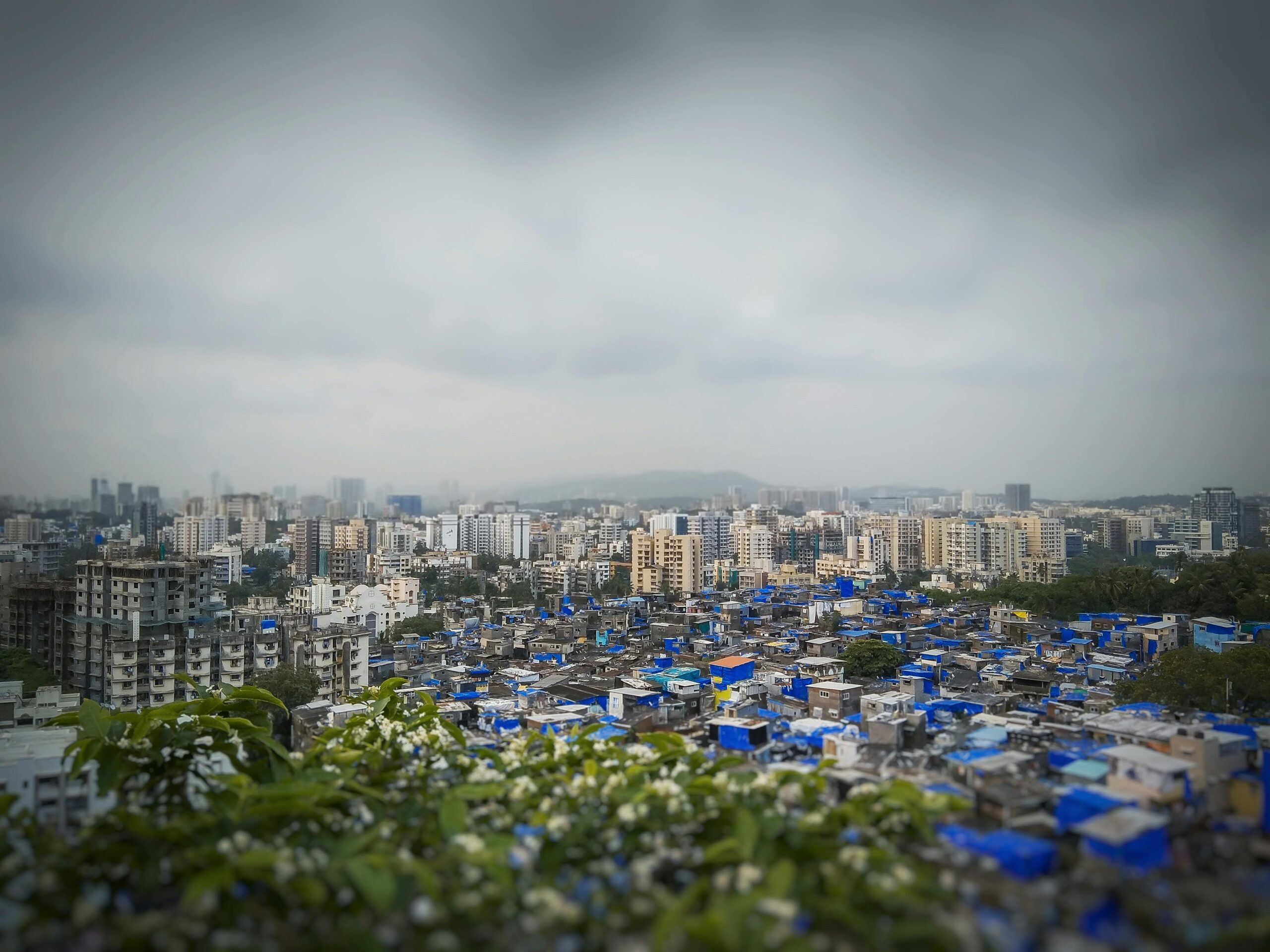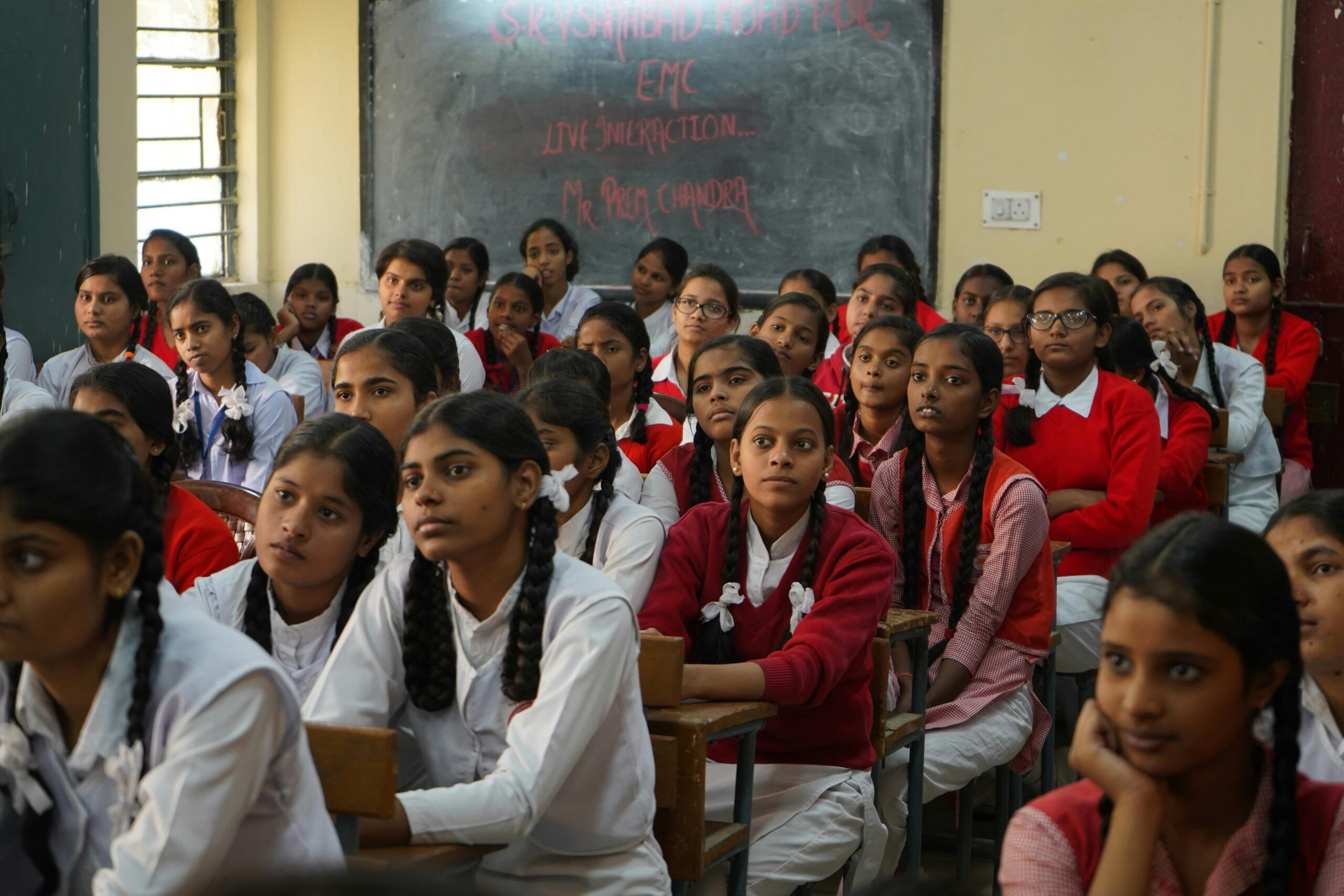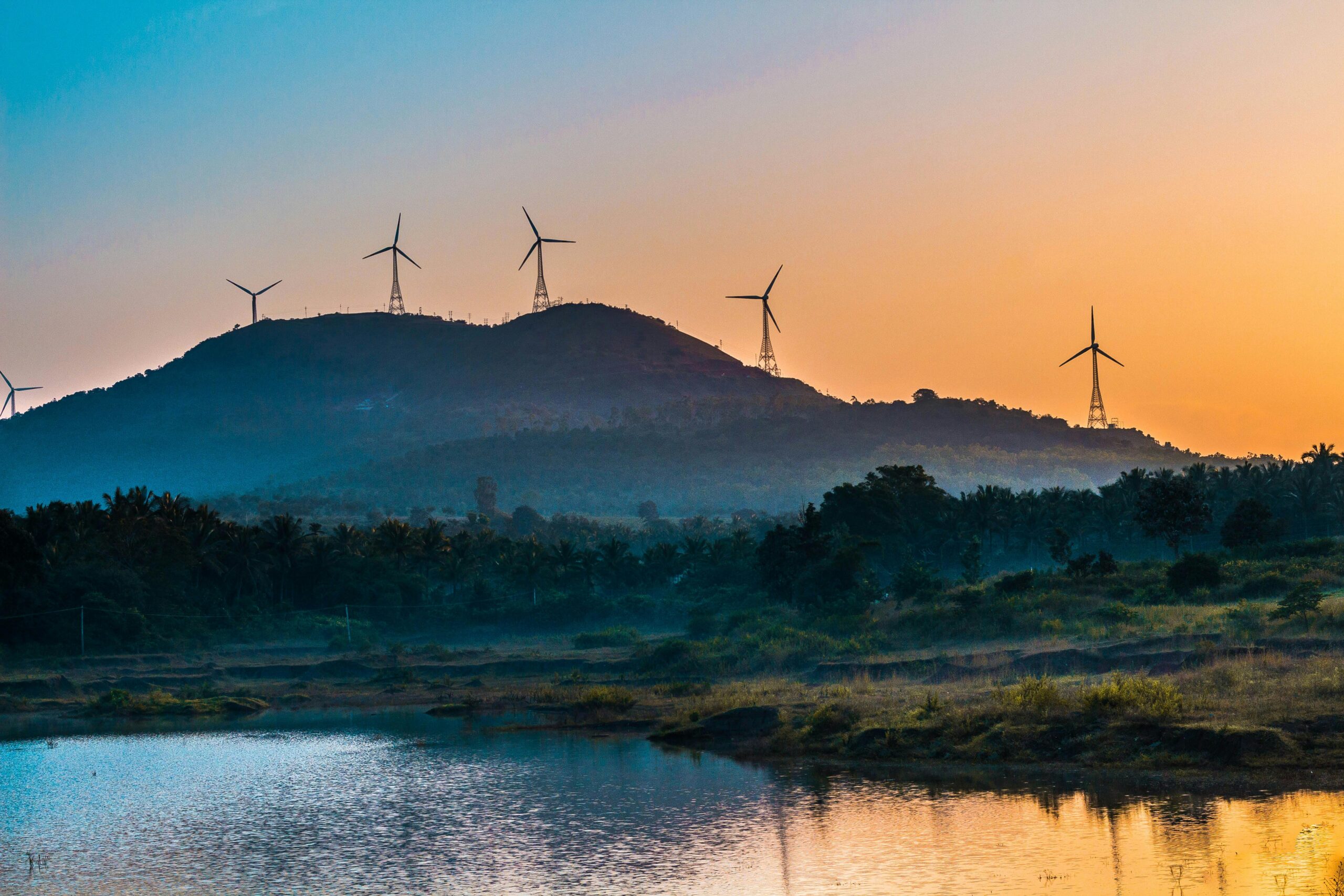About the author:
Mihika is a 12th-grade student at the Bombay International School. Alongside playing football for a city-level club, she is passionate about social and economic justice, and especially interested in issues such as income inequality, human rights and neo-colonialism. She hopes to pursue these issues further in the future.
Introduction
Globally, in the early 1980s, there was a realization that housing is a basic good particularly in Western developed countries. The Indian Constitution considers shelter a fundamental right, but almost 30% of Indian families currently struggle to afford a home of their own[1]. This is where affordable housing comes in, referring to housing units that middle and lower-income families can afford to buy in India without compromising their basic living expenses. Studies by the National Housing Bank indicate that a large portion of Mumbai’s population – especially middle- and lower-income groups – currently spends 40-50% of their income on rent, exceeding the recommended 30% threshold.
In India, affordable housing is defined through the parameters of cost and area. As a generalisation, homes with a carpet area of up to 60 square metres, with a cost of no more than 45 lakhs, are considered affordable housing[2]. The government, however, specifies the definition as per different income groups within Indian society. For the Economically Weaker Section (EWS), having an annual household income up to 1 lakh, the accepted carpet area is between 21 and 27 square metres, and for the Lower Income Group (LIG), having an annual household income between 1 and 2 lakhs, the accepted carpet area is between 28 and 60 square metres, to meet the criteria for affordable housing. Further, developers’ projects using at least 60% of the built-up area for affordable housing units, and at least 35% for the EWS group, are considered affordable housing projects, and are then eligible to receive certain subsidies or tax benefits[3].
Housing policies in India have generally followed an approach since the late 1980s of privatizing production of housing units in the owner- and rental-sectors, housing amenities, organization of the market-led housing finance system. Thus, an affordable housing crisis has led to overcrowding and slum expansion within the financial capital of India, negatively impacting quality of life and productivity for the residents of Mumbai. India is currently targeting to make homes affordable and available to all those who need it in the city, but this endeavour has its challenges and difficulties. This research paper will examine the issues developers in the affordable housing market in Mumbai face today, along with policy recommendations and potential governmental interventions to address this crisis.
Supply-side challenges of affordable housing in Mumbai
International law recognises the right to adequate housing as fundamental with many legal frameworks, such as the Universal Declaration of Human Rights (UDHR) reaffirming this. The UDHR states that “Everyone has the right to a standard of living adequate for the health and well-being of himself and of his family, including… housing…”[4]. While not legally binding, the UDHR has set a standard for protecting human rights globally, and served as a foundation for many international treaties, covenants and conventions, which are legally binding for their ratifiers. One example is the International Covenant on Economic, Social and Cultural Rights (ICESCR)[5], which “recognize[s] the right of everyone to an adequate standard of living… including adequate housing”. It has been ratified by 173 countries.
Access to affordable housing is an international standard for a reason. For lower- and middle-income families, owning a home can make a large impact on the quality of life of family members. Studies have shown that it improves health by ensuring access to clean water and sanitation, decreases stress levels, and provides security and stability[6]. Not only does affordable housing benefit the individuals who can purchase these homes, but it also positively impacts the whole economy. When homes are affordable, a family has more disposable income for other expenses such as education and healthcare. Being able to spend in these areas can positively affect the lives of the children in a household, who will enter the workforce as well-educated individuals in good health. This can help boost the country’s labour force and lead to the end of cycles of intergenerational poverty[7].
Access to affordable housing is particularly significant for Mumbai, where around 40% of the population live in slums[8]. Many people migrate to Mumbai in search of job opportunities but end up being housed in slums near industrial areas or construction sites – areas of the city where they can find daily wage opportunities to support their living costs in this urban area.
Having access to affordable housing can change a family’s life by providing a stable roof over their head and opening doors towards countless opportunities. Affordable housing is especially important in cities that face increasing pressures of urbanisation and migration, such as Mumbai, which has one of the highest housing shortages in the country. However, given the short supply of housing, the privatization of housing and housing amenities in India faces several challenges. It generally involves a readjustment of responsibilities between the various players in the housing market and a fundamental change in resource allocation strategy, including the housing finance system. Given the abundant workforce in India, housing privatization needs to generate even more employment opportunities to the Indian workforce. Above all, housing privatization must proceed to bring about the long awaited social and economic justice within the democratic political set up of the country.
The Indian government has demonstrated a financial commitment to subsidizing housing programs. In 2003-2004, for example, the central government claimed to have spent roughly 1.65% of GDP on this type of program. In 2015, India’s central government announced a plan, Pradhan Mantri Awas Yojana (P-MAY, roughly translated as “The Prime Minister’s Dwelling Scheme”), to build 20 million affordable homes by 2022. Part of the program entailed central transfers to subsidize state level housing programs. However, the Comptroller and Auditor General (CAG, 2023) highlights inefficiencies in implementation and disbursement of current affordable housing programs by the government of India.
Despite the Indian government’s focus on affordable housing in the last decade, the shortage of homes is only growing in Mumbai in relation to its residents. The country’s urban population grew at a compound annual growth rate (CAGR) of 2.8% over 2001-11. This urbanisation, largely driven by the prospect of increased opportunities and standard of living in cities, has led to an increased demand for affordable homes.[9] However, this demand has been unable to be met by the supply. As per the 12th 5-year-plan released by the government in 2012, the urban shortage of homes was expected to reach 30 million units by 2022. In Mumbai itself, there is a housing shortage of around 1.7 million units, with more than 9 million people struggling to find a home. Many of the weaknesses in the affordable housing market lie on the supply side, which must be overcome to provide liveable and adequate housing for the entirety of the Indian population.
Housing developers currently face several challenges that prevent them from closing this demand-supply gap in the city of Mumbai. The main challenge that the supply side faces is that the profit margin made by the developer on affordable housing is extremely low. The cost of production for affordable housing projects is high, making them unviable and unprofitable for builders. Considering the steep costs to produce these homes, and the relatively low cost they must be sold at, housing developers stand to gain very little, making this sector unappealing to enter into. Construction costs have also shot up by 39% post-pandemic, due to rising rates on building materials and labour.[10] These increasingly high costs make developers reluctant to enter the affordable housing space. Land is one of the essential resources required for developing affordable housing, and due to lack of its availability, most projects are nipped in the bud. But due to land scarcity in major urban areas like Mumbai, any land available is priced at extremely high rates, often constituting more than 50% of the project cost.[11]
Furthermore, developers lack sufficient institutional financing opportunities on such projects. This is important because affordable housing projects are currently categorized as regular real estate, though such projects are difficult to attain loans for due to their perception of being high risk. Additionally, Indian governmental regulations currently do not permit banks to fund land acquisition or real estate projects which do not already have all the required development approvals in place. Unfortunately, this governmental clearance or approval process can take several years, involving as many as forty departments across national and state levels of government.[12] Due to these drawbacks, many housing developers report being unable to receive funding from banking agencies to finance their project’s needs.
Finally, the scarcity of land in major Indian cities, including Mumbai is another significant issue. Due to the high population density in urban India, developers struggle to find usable land. The land mass required to exhaust the current urban housing shortage is approximately 260,000 acres. In a densely populated city like Mumbai, the shortage of land is even more dire. It has a land mass of 480 square metres, out of which a significant portion is made up of coastal wetlands, forests, water bodies and agricultural plantations. A further portion has already been built on, leaving hardly any land for new projects to meet the demand. Additionally, lots of centrally located land belongs to Government-owned entities such as the railways, ports and defence authorities, making it non-marketable.[13]
Policy recommendations
The housing sector can be regarded as an ‘engine of growth’ in a developing country like India. It has a high potential for job creation as well as forward and backward linkages to 270 ancillary industries (including cement, steel, tiles, paint and furniture) and services (such as architecture, engineering, interior design and property management). Given its interconnectivity with other sectors, the performance of the housing industry has a multiplier effect on the overall economy, contributing up to 7.3% of India’s GDP[14]. The housing sector in India also indirectly and directly supports 70 million employees, making it the second-largest employment generator after agriculture. Worker mobility – often driven by migration – is vital, with millions moving from rural to urban hubs to work in housing projects and related industries.
The primary challenge for the affordable housing sector specifically is that currently, developers do not gain much profit in the sector. The government must provide incentives to make affordable housing appealing to them. 2018, the Maharashtrian government uncapped the Floor Space Index (FSI) in Mumbai, which was originally at 1.33, and made it variable from 1.33 to 3, allowing for higher vertical construction in a given area of land, and therefore reducing land required for each unit, and land costs in total. As a result of this policy change, the scope for redevelopment increased in the city[15]. In this vein, the government can potentially create more incentives for developers to enter this sector. Developers earn higher profits on premium housing projects, so the government can develop a policy that allows for premium housing to be built, provided that a certain corresponding amount of affordable housing is also built by the same developer, within similar project timeframes.
The government can also implement price differentiation policies within the sector of affordable housing for developers, allowing them to acquire land and construction material at lower costs. This could decrease their cost of production, potentially making the sector more profitable and appealing to real estate developers.[16]
To combat the scarcity of land in urban areas, the Indian government could also explore unlocking public land and demarcating them to be used specifically for affordable housing. They can conduct an inventory exercise around currently idle government-owned land to see what could be suitable for housing development. Similarly, the government can convert unused industrial land, such as mills and warehouses (which Mumbai, historically the industrial hub of India, has many of) into residential land. In Mumbai, there is the additional potential to make more land available through slum redevelopment projects, with slums occupying 12% of the city’s total geographic area.[17] These measures will not only unlock more space in the city, but will also allow the government to offer this land to developers at subsidised rates, decreasing their land acquisition cost.[18]
To reduce costs of production for developers, such as construction and design costs, the government can standardise design for affordable housing units. This would include the layout of homes, amenities offered by the building and material standardisation to ensure that affordable, yet effective resources are used. Developers can further utilise technology, such as BIM (Building Information Modelling) software, to optimise this process.[19] Not only would these steps reduce costs for developers, but also reduce the time that would usually be taken to finalise these factors. Imposing taxes on privately owned idle land can incentivise owners to either build on the land, or sell it to developers. The Observer Research Foundation (2023) specifically advocated for land policy reforms and the regulation of speculative investments in large cities like Mumbai to foster equitable progress among residents.
Making the process of building affordable homes easier and more efficient will also encourage developers. Cities can streamline their process for governmental approval on projects by adopting ‘single window’ clearance (all the agencies’ approvals in one interface), and online portals to track these approvals[20]. The government can further make it easier for developers to get loans for their projects, by giving affordable housing projects ‘infrastructure status’ for all lending by financial institutions[21].
Conclusion
Mumbai’s housing market faces significant affordability challenges, especially for lower-income groups and those spending over 30% of their income on rent. While awareness of alternative housing solutions exists (co-living, tiny homes, among others), factors like infrastructure, environmental benefits, and government incentives have a fair amount of influence on adoption of these solutions. Overall, comprehensive policies, affordability measures and improved infrastructure are needed to encourage the creation and adoption of affordable housing in large cities like Mumbai that have a prevalence of slums.
To conclude, affordable housing is vital for India’s development, providing security and stability to the income groups that need it most, and being a driver for the economy. The current shortage of affordable units in strategically important cities like Mumbai must be overcome through policy changes and incentivisation to solve the supply-side issues in this sector, allowing India’s population to progress holistically.
[1] “The Growing Divide: A Deep Dive into India’s Inequality Crisis.” SabrangIndia, May 28, 2024. https://sabrangindia.in/the-growing-divide-a-deep-dive-into-indias-inequality-crisis/.
[2] Akash Pharande, “‘₹45 Lakh Cap Does Not Work for Big Cities,’” The Hindu, March 17, 2023, https://www.thehindu.com/real-estate/affordable-housing-limit-increase-real-estate-property-cost/article66626495.ece/amp/.
[3] “Affordable Housing in Partnership Scheme Guidelines.” Government of India, Ministry of Housing and Urban Poverty Alleviation, 2013. https://mohua.gov.in/upload/uploadfiles/files/7AHP-Guidelines.pdf.
[4] United Nations General Assembly, Universal Declaration of Human Rights, 217 A (III), December 10, 1948, art. 25(1).
[5] United Nations General Assembly, International Covenant on Economic, Social and Cultural Rights, December 16, 1966, United Nations Treaty Series, vol. 993, p. 3, art. 11(1).
[6] Andrew Jones, “Why Housing Matters: The Impact of Affordable Housing for People on Low Incomes,” Urbanet, October 15, 2020, https://www.urbanet.info/why-housing-matters-the-impact-of-affordable-housing/.
[7] Habitat for Humanity, “The Impact of Housing Affordability on Families,” Cost of Home, accessed August 23, 2025, https://www.habitat.org/costofhome/housing-affordability-and-families.
[8] Abhay Pethe, et al., “The Pathway to Affordable Housing in Urban India: A Case Study of Mumbai,” Observer Research Foundation, April 25, 2023, https://www.orfonline.org/research/the-pathway-to-affordable-housing-in-urban-india-a-case-study-of-mumbai.
[9]Anjali Patil, et al., “Analyzing Constraints of Affordable Housing Availability Gap in India,” International Journal of Innovations in Engineering and Technology, 2019, https://doi.org/10.21172/ijiet.122.14.
[10] “Average Construction Cost for Housing Projects up 39% in 4 Years on Rising Rates of Building Materials, Labour: Colliers,” The Economic Times, November 23, 2024, https://economictimes.indiatimes.com/industry/services/property-/-cstruction/average-construction-cost-for-housing-projects-up-39-in-4-years-on-rising-rates-of-building-materials-labour-colliers/articleshow/115591660.cms?from=mdr.
[11] “Affordable Housing in India: Key Initiatives for Inclusive Housing for All.” 2016. https://smartnet.niua.org/sites/default/files/resources/Affordable%20Housing-ICC%20-%20Final.pdf.
[12] Kalpana Gopalan, et al., “Affordable Housing: Policy and Practice in India,” IIMB Management Review 27, no. 2 (June 2015): 129–40, https://doi.org/10.1016/j.iimb.2015.03.003.
[13] Patil et al., “Analyzing Constraints of Affordable Housing.”
[14] “How Modi Govt Can Turn India into a Real Estate Powerhouse in Union Budget, Brick by Brick,” The Economic Times, July 16, 2024, https://m.economictimes.com/industry/services/property-/-cstruction/how-modi-govt-can-turn-india-into-a-real-estate-powerhouse-in-union-budget-brick-by-brick/articleshow/111781479.cms.
[15] Pethe, et al., “Pathway to Affordable Housing in Urban India.”
[16] QoC Editorial, “Big Bold Ideas That Can Change Public or Affordable Housing in Our Cities,” Question of Cities, October 17, 2024, https://questionofcities.org/big-bold-ideas-that-can-change-public-or-affordable-housing-in-our-cities/.
[17] Clint Borgen, “10 Important Facts about Mumbai Slums,” The Borgen Project, February 7, 2018, https://borgenproject.org/10-facts-mumbai-slums/.
[18] Pharande, “‘₹45 Lakh Cap Does Not Work.’”
[19] Lola Woetzel et al., “Housing Affordability: A Supply-Side Tool Kit for Cities,” McKinsey & Company, October 12, 2017, https://www.mckinsey.com/featured-insights/future-of-cities/housing-affordability-a-supply-side-tool-kit-for-cities#Find-the-land.
[20] Woetzel et al., “Housing Affordability: A Supply-Side Tool Kit.”
[21] Mantri, Pradhan, and Awas Yojana – Urban, “Pradhan Mantri Awas Yojana – Urban 2.0 Scheme Guidelines: Housing for All Mission,” Ministry of Housing and Urban Affairs, 2024, https://pmay-urban.gov.in/uploads/guidelines/Operational-Guidelines-of-PMAY-U-2.pdf.


















